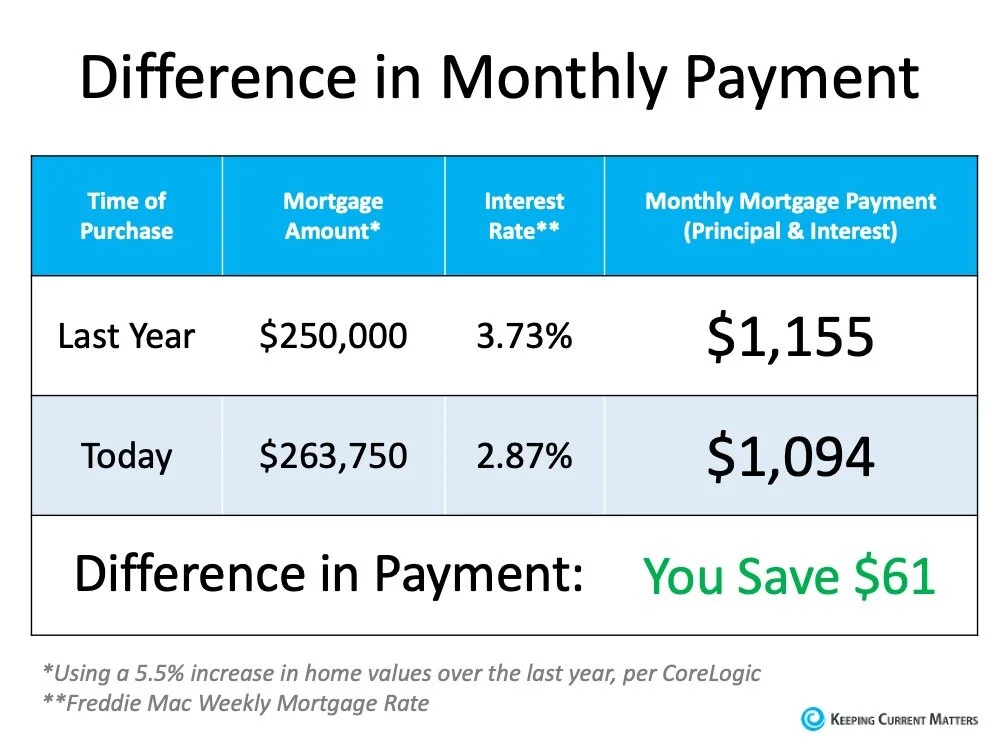What do I do now? Contact your insurance agent
Contact your insurance company right away and ask them what to do first. There are companies that specialize in cleaning and restoring your personal items. Ask your insurance company for recommendations of companies you can trust. Make sure you know if you or your insurance company will pay for the cleaning. When you contact the company, be sure to ask for a cost estimate in writing. If you do not have insurance, your family and community might help you get back on your feet. Organizations that might help include: American Red Cross (ARC), Salvation Army, Religious organizations, Public agencies, such as the public health department, Community groups, State or municipal emergency services office, Nonprofit crisis-counseling centers.
Take care of yourself and family Contact your local disaster relief service, such as the ARC or the Salvation Army. They will help you find food, clothing, medicine and a place to stay. You have a big job ahead of you. Get plenty of rest, and ask for help. Do not try to do it all alone.
Help your pets If you have pets, find and comfort them. Scared animals often react by biting or scratching. Handle them carefully. Try to leave pets with a family member, friend or veterinarian if you are visiting or cleaning your damaged home. Keeping your pets out of the house until the cleanup is complete will keep them safe.
Security and safety
Do not enter your damaged home or apartment unless the fire department says it is safe. The fire department will make sure the utility services (water, electricity and gas) are safe to use. If they are not safe, firefighters will have your utilities turned off or disconnected before they leave. Do not try to turn them back on by yourself. Contact your police department to let them know you will be away from your home. In some cases, you may need to board up windows and doors so no one can get in.
Finances
Get in touch with your landlord or mortgage lender. Contact your credit card company to report credit cards that were lost in the fire. Save all of your receipts for any money you spend. The receipts may be needed later by the insurance company, and you will need them to prove losses claimed on your tax return.
The first days of recovery : The value of your home and personal belongings
Talk with your insurance company about how to learn the value of your home and property. | Replacing valuable documents and records You may want to replace many of the following documents if they were destroyed or lost in the fire: Driver’s license, Auto registration, Titles and deeds, Insurance policies, Military discharge papers, Passports, Birth, death and marriage certificates, Divorce papers, Social security or Medicare cards, Credit cards, Stocks and bonds, Wills, Medical records, Warranties, Income tax records, Citizenship papers.
Replacing money
Handle burnt money as little as possible. Try to place each bill or part of a bill in plastic wrap to help preserve it. If money is only partly burnt — if half or more is still OK — you can take it to your regional Federal Reserve Bank to get it replaced. Ask your bank for the one nearest you. You can also send the burnt money to the Treasury. For personal delivery and nonpostal couriers, e.g. FedEx/UPS, send to: Bureau of Engraving and Printing MCD/OFM, Room 344A 14th and C Streets SW Washington, DC 20228 Personal deliveries of mutilated currency to the Bureau of Engraving and Printing are accepted between the hours of 8-11:30 a.m. and 12:30-2 p.m., Monday through Friday, excluding holidays and other closings. For USPS Delivery, make sure it is mailed “registered mail, return receipt requested” and send to: Bureau of Engraving and Printing MCD/OFM, Room 344A P.O. Box 37048 Washington, DC 20013 You can find more information about replacing damaged money at www.moneyfactory.gov/submitaclaim. To replace U.S. savings bonds that have been destroyed or mutilated, go to www.TreasuryDirect.gov/forms/sav1048.pdf and download the FS Form 1048 – Claim for Lost, Stolen, or Destroyed United States Savings Bonds. Additional requirements: If the bond(s) is mutilated, carefully pack the pieces and submit them with the FS Form 1048. If any registrant is deceased, provide a certified copy of the death certificate. Send to: Treasury Retail Securities Site P.O. Box 214 Minneapolis, MN 55480-0214
After the Fire : Checklist for next steps after a fire
Contact your local disaster relief service, such as the American Red Cross. They will help you find food, clothing, medicine and a place to stay.
If you have insurance, contact your insurance company. Ask what you should do to keep your home safe until it is repaired. Ask who you should talk to about cleaning up your home.
If you are not insured, try contacting community groups for aid and assistance.
Check with the fire department to make sure that your home is safe to enter. Be very careful when you go inside. Floors and walls may not be as safe as they look.
Contact your landlord or mortgage company to report the fire.
Try to find valuable documents and records.
If you leave your home, call the local police department to let them know the site will be vacant.
Begin saving receipts for any money that you spend related to the fire loss. The receipts may be needed later by the insurance company and to prove any losses claimed on your income tax.
Check with an accountant or the IRS about special benefits for people recovering from fire loss.
Top Ten Tips for Wildfire Claimants
Obtain a complete copy of your residential homeowner’s insurance policy, including your declarations page. The law requires your insurance company to provide this to you free of charge within 30 days of your request. Ask your agent or insurer representative to explain how much coverage you have (1) to rebuild or repair your home, (2) for your personal belongings, and (3) for living expenses. This should include an explanation of Extended Replacement Cost and Building Code Upgrade coverages if applicable. Ask how to most effectively claim your coverage benefits.
Take note of your Additional Living Expense (ALE) limits and manage your ALE expenses in recognition of a long rebuilding process. Your time to collect ALE after a declared catastrophe is no less than 24 months even if your policy says otherwise; however your amount of coverage is not increased. An extension of up to 12 additional months, for a total of 36 months, should be granted if you encounter delays beyond your reasonable control.
Track all of your additional expenses that arise from having to live in another location away from your home. Note: your ALE reimbursement may be offset by your normal cost of living before the fire (i.e., ALE does not pay for your mortgage or expenses you would normally incur) but you are entitled to the same standard of living you had before the fire. ALE will pay for temporary rent, additional mileage, etc.
Document all of your conversations with your insurer/adjuster about your claim and policy limitations in a dedicated “claim diary.” If your adjuster says something is excluded, limited, or subject to certain conditions, ask the adjuster to point out the specific provision in your policy being cited.
Get at least one licensed contractor’s estimate or bid on the cost to rebuild your home just to get a reasonable sense of the actual cost as compared to your coverage limits (for more considerations on contractors, view the CDI’s electronic brochure Don’t Get Burned After a Disaster and check the website for California’s Contractors State License Board.) While your insurance company may provide its own estimate, it may contain errors or fail to reflect local conditions or demand surge. Demand surge reflects price increases following a major disaster when contractors and materials are in short supply.
Call the Department of Insurance Hotline for help at (800) 927-4357. You can also file a complaint at: http://www.insurance.ca.gov/01-consumers/101-help/. Consider insights from consumer advocates.
Understand you can purchase or rebuild at another location, and still receive full replacement cost benefits including Building Code Upgrade and Extended Replacement Cost benefits if those were included on your policy and necessary to rebuild the insured dwelling. You also have the right to rebuild using the contractor of your choosing. In order to reduce the cost of rebuilding, you might also consider a community-wide development approach utilizing a common builder.
Assess your situation and do not rush into any decision about contractors, lawyers or public adjusters and consider your mortgage/employment/financial situation, your age, children’s schools, your willingness to deal with construction issues (no matter who your contractor is). The insurance process is a series of important decisions over a long period of time, but few, if any, need to be made today. Of course, move forward if you have obtained multiple bids from reputable licensed contractors, are certain you want to rebuild, are sure of the rebuilding costs and your insurance limits and want to be sure you are a priority for your selected contractor to start the rebuild. The Contractors State License Board (CSLB) has publications that can help you identify and avoid problems before they occur. Contact CSLB at 1-800-321-2752 to obtain a free copy of their publications and/or verify the licensing status of a contractor.
Do not assume you have inadequate coverage based on general information you hear about building costs or other general comments. The adequacy of your limits needs to be addressed on a case specific basis to determine how much it will cost to rebuild your home and whether your limits, including extended replacement cost coverage if applicable, are adequate. But if you determine you are underinsured, gather relevant documentation and contact the Department of Insurance for help.
Evaluate whether you will need a public adjuster or attorney to help you with your claim. If rebuilding will take a long time you are likely to use your entire ALE limits. If you are also reimbursed by your insurer for your entire personal property loss or your full personal property limits, you may not need a public adjuster or attorney to help you obtain full settlements for either of these coverages. Public adjusters typically require a percentage of the claim settlement for their services. Make sure you understand what they charge and the services you are paying for before you sign a public adjuster contract. Some public adjusters may insist on a contract that includes payment to the public adjuster based upon the entire amount paid to the policyholder by the insurer, including amounts paid to the policyholder before the public adjuster contract was signed. A public adjuster should not charge a fee on payments you received from your insurer before the public adjuster contract was signed. A fee should only be charged on additional monies the public adjuster gets for you. Contact the Department if this issue arises in your contract.
In a declared-disaster, you may cancel the contract within five calendar days. Public adjusters are required to be licensed by the California Department of Insurance. To verify a public adjuster’s license, call us at 1-800-927-4357 or check the status online by name or by license number. Practicing without a license is against the law. Public adjusters may not solicit in a declared-disaster area until the fire has been out for seven days.
Please note: These tips are for general guidance only and are not a substitute for legal advice.











